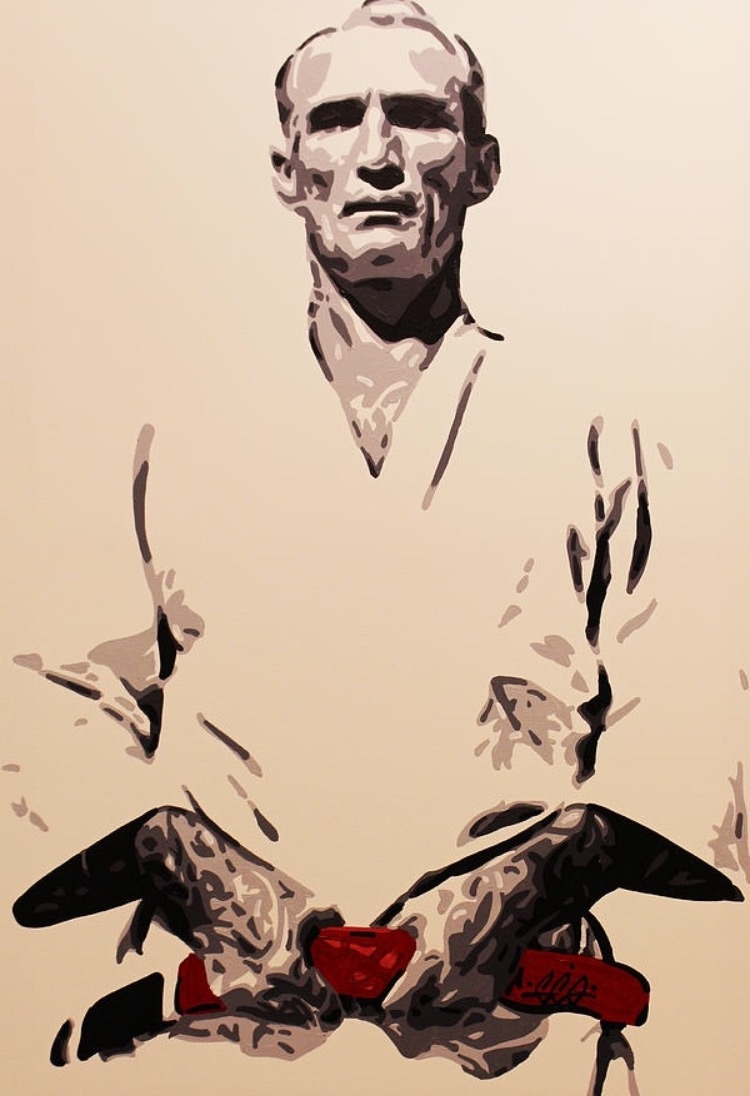


Jiu-jitsu is originally a Japanese martial art, practiced by the samurai. The samurai were the elite members of the Japanese military from the 12th until the late 19th century. When a samurai was disarmed in combat, he had to fight bare handed. The samurai were taught Jiu-Jitsu in schools called 'ryu'. Later through history Jiu-Jitsu would go on to be studied by others outside the military as well. From this Jiu-Jitsu, various forms of self-defense and sports were developed like aikido and judo.
Brazilian Jiu-Jitsu (abbreviated as BJJ) was developed by Carlos Gracie, who learned about Jiu-Jitsu late 19th and early 20th century. Carlos grew up as the son of a wealthy family, and met the Japanese judo/Jiu-Jitsu champion Maeda at the age of 19, after Maeda had settled in Brazil. In those days, few martial arts besides boxing and Capoeira were known in Brazil.
The Gracie brothers made a name for themselves by holding demonstration fights and winning in street fights. But it was mostly the younger brother Helio Gracie who laid the foundation for Brazilian Jiu-Jitsu. Helio was rather short and frail. This is why he focused on technique over strength. Motivated as he was, he soon became known across Brazil. This would be the basis for what today is a highly efficient style of fighting. Over time BJJ was also developed as a sport and competition rules were put in place.
BJJ is a martial art that aims to bring the opponent to the ground as quickly as possible, through a takedown, roll or shoot, and then proceed with the ground fight. Once on the ground, the opponent can be defeated with the different Jiu-Jitsu techniques. Research shows that 80 percent of all street fights end on the ground.
With BJJ its all about the technique and not the strength. The idea is that even a smaller or weaker person with the right techniques and movements can defend himself against a stronger and larger opponent. BJJ has proven its value time and time again in the recent decades. Look at the top MMA fights of the Gracie family.
BJJ is therefore a very suitable martial art for lighter and or smaller person, and of course it’s also very suitable for women. BJJ can also be practiced as competitive sport, in which there is a difference between regular sport BJJ (with traditional GI), grappling (without GI, kicks and punches are not allowed) and MMA (mixed martial arts).
The general training courses are made up of three different elements: warming up, techniques and sparring.
For the average person, BJJ may seem like an incoherent game of wrestling. However, there it’s very systematic, so that new practitioners learn to apply the techniques in a structured way.
![]() : info@partislabjjmaastricht.nl
: info@partislabjjmaastricht.nl
![]() /
/ ![]() (or
(or ![]() ): 06 21 64 60 18
): 06 21 64 60 18
Adres:
Budocentrum Maastricht
Statensingel 151
6211PP Maastricht